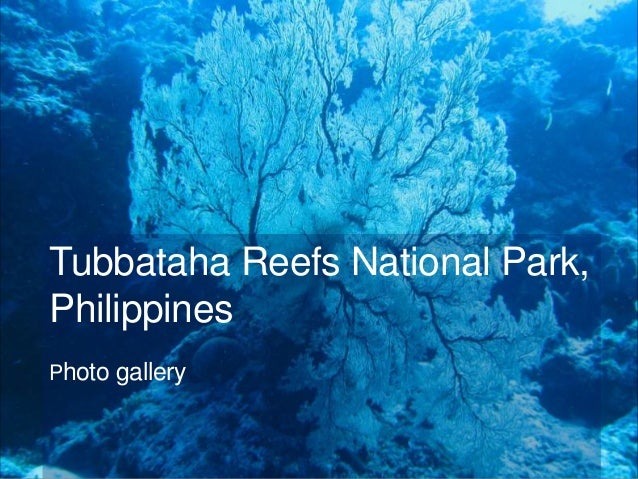Get out and Get Fit!
Our outdoor fitness stations are a great way to get and stay fit for people who want to combine the benefits of a fitness program with fresh air & sunshine. The 1.8 mile trail is great for all fitness levels. Whether you are a beginner or a star athlete our 17 activity stations give you a complete workout. Each station includes a sign explaining the benefits of the exercise and the muscle groups worked and instructions and illustrations for that station’s exercises.
Use your Smartphone’s camera to scan our unique QR Codes. Each code downloads to a free (standard cell phone data usage rates apply) one minute exercise video including your own personal trainer, motivating you through each exercise’s pacing, modification & technique. Station signs contain 4 videos: Upper Body, Lower Body, Core Body & Flexibility.
Stage 5 Shallow subtidal with tidal Patch reef Thrombolite No data Lee and Chough (2011) Province, China effect J.-H. / Earth-Science Reviews 145 (2015) 66–84 Laurentia Virginia, USA Upper Shady Dolomite Stage 5 Platform margin Mound, breccia Thrombolite, dendrolite Epiphyton, Renalcis, Girvanella Pfeil and Read (1980), Read. Special Event Permit forms are available in the office at the James A. Rutherford Community Center located in Patch Reef Park. See the Map of Patch Reef Park Choose a Pavilion Pavilion #1 Pavilion #1 2 large 10-seater tables within the pavilion with 1 large grill 2 small 5-seater tables surrounding the pavilion with 1 small grill 2 electrical.
Scholar Commons > Graduate School > Theses and Dissertations > 3761
Title
Author
Graduation Year
2006
Document Type
Thesis
Degree
M.S.

Degree Granting Department
Marine Science
Major Professor
Pamela Hallock Muller, Ph. D.
Co-Major Professor
John Brock, Ph. D.
Committee Member
Deby Cassill, Ph. D.
Committee Member
David Mann, Ph. D.
Keywords
patch reef, Biscayne National Park, rugosity, digital camera, Florida Keys
Download Patch Reef Park Events November
Abstract
Download Patch Reef Park Events 2019
The Along-Track Reef-Imaging System (ATRIS) is a vessel-mounted, digital camera, depth sounder and Global Positioning System (GPS) package that facilitates the rapid capture of underwater images in shallow-water benthic environments. This technology has the potential to collect ecologically significant data, particularly in benthic habitats less than 10 m in depth, with better location referencing and in less time than is required for surveys carried out by Scuba divers. In October 2004, ATRIS was tested coincidently with SCUBA-assisted video along transects on five patch reefs in Biscayne National Park. Images from both data sets were subsampled, viewed, and benthic cover under random points were identified and counted. Digital-still images of reef benthos collected by ATRIS were of higher quality than SCUBA-acquired video imagery, allowing more reliable classification of benthos. “Substrate”, which included areas of hard-ground, sand or rubble, was the most frequently identified benthic category (43%), followed by octocoral (21%), unidentifiable (19%), and macroalgae (12%). Total stony coral cover averaged less than 5%. ATRIS-acquired benthic-cover data were compared with rugosity data derived from the Experimental Advanced Airborne Research Lidar (EAARL), revealing no strong correlations, probably because much of the hard substrate patch reef topography was created by corals that have died in the past few decades. ATRIS, diver-acquired data, and EAARL provide different scales of information, all of which can be valuable tools for assessing and managing coral reefs.
Scholar Commons Citation
Patch Reef Park Classes
Caesar, Nicole O., 'An Evaluation of the Along Track Reef Imaging System (ATRIS) for Efficient Reef Monitoring and Rapid Groundtruthing of EAARL Lidar' (2006). Graduate Theses and Dissertations.
https://scholarcommons.usf.edu/etd/3761
Included in
American Studies Commons, Marine Biology Commons
COinS